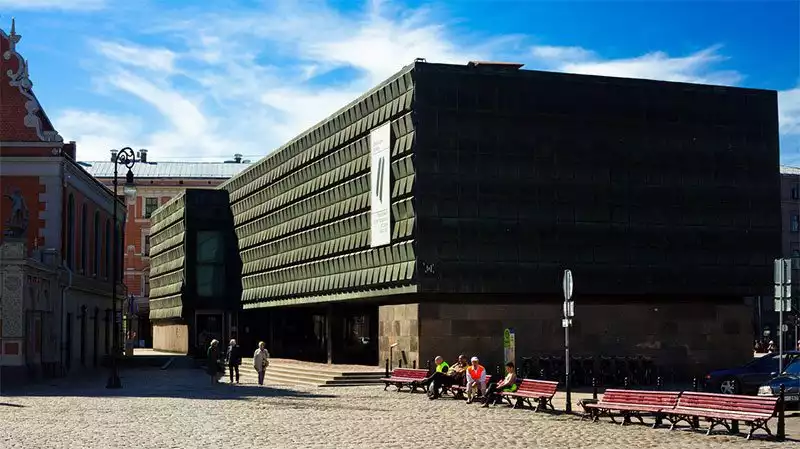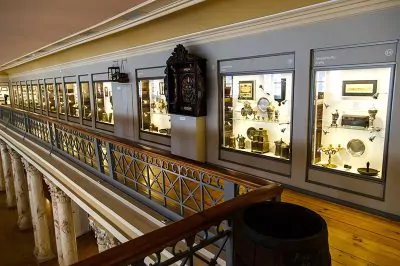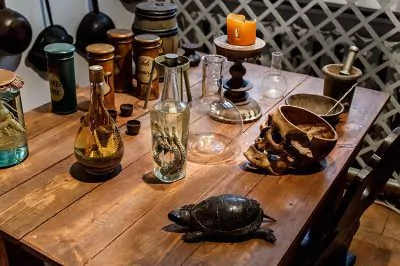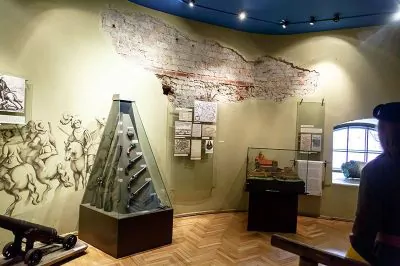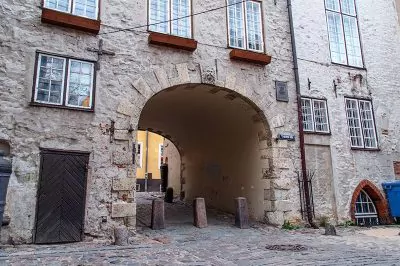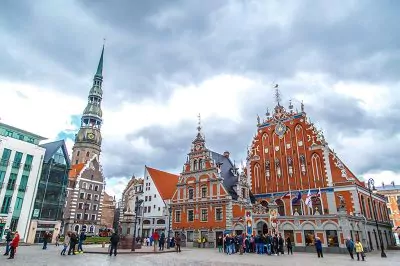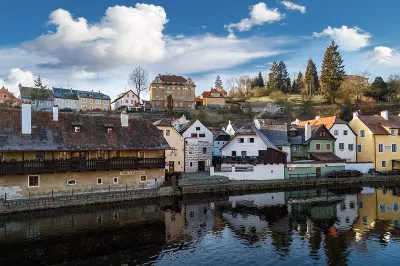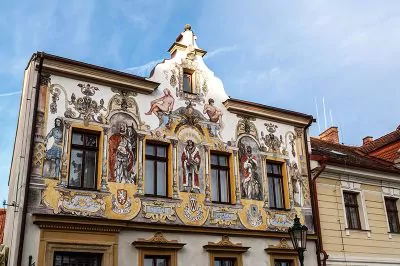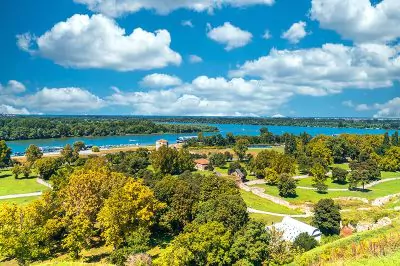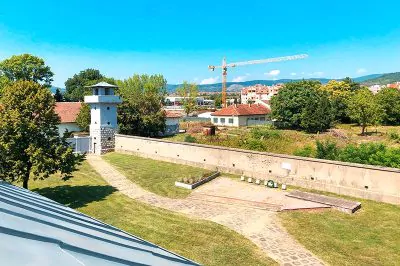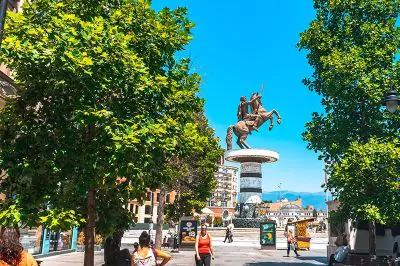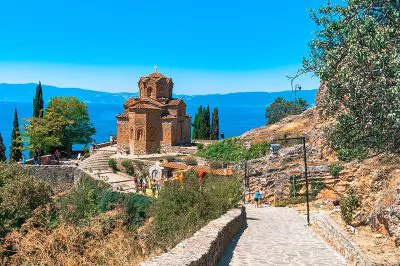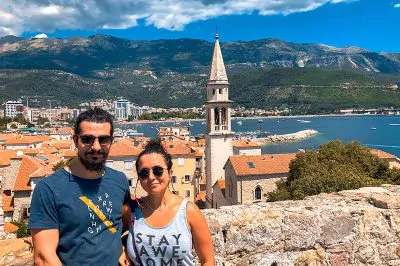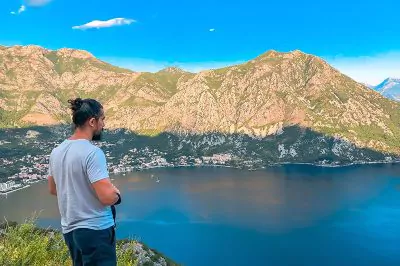1 Day Itinerary in Riga
Riga, the capital of Latvia, which has the largest city among the Baltic states, is a rapidly growing city in terms of culture and education, especially in the field of trade due to its location next to the Baltic Sea. The presence of its historical buildings and the fact that these buildings were built in the Art Nouveau style have led the city to be included in the UNESCO Cultural Heritage List.
The first traces of the fairytale city of Riga date back to the 12th century. Officially founded in 1201, Riga is located right next to the Daugava River. The Old Town, which has many historical buildings, begins at the point where the Stone Bridge, which connects the Old Town with the opposite side, just above the Daugava River, begins and this beauty continues inland.
The history of the construction of Stone Bridge is not far away. The 500-meter-long, 27-meter-wide Stone Bridge, the only bridge in Riga with a tramway running over it, was opened to the public in 1957.
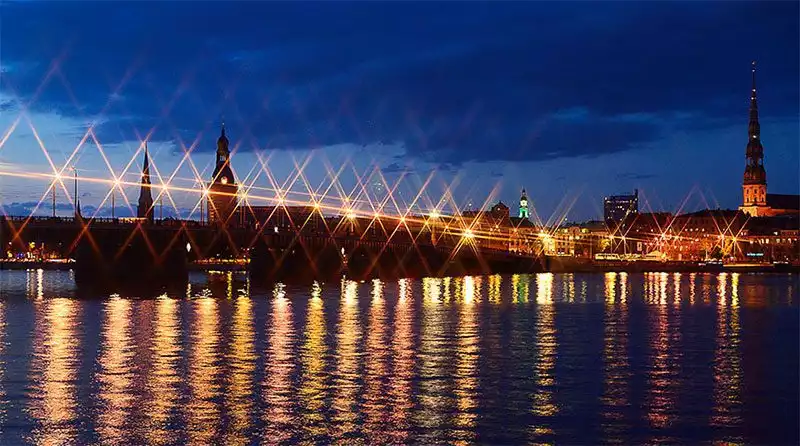
It would be impossible not to mention Latvia’s local drink called Black Balsam. The drink, which has a logic like tequila, has a structure that relieves coughs, cures colds and cures diseases thanks to the mixtures it contains. You should try Balsam, which has an alcohol content of 40 – 45%, at least once. You can drink it as a shot in any cafe.
Latvian National Theater
If you have time, see a show in the historic theater building. You can see up close how the people living there, young and old, are interested in culture and how much they care about the way people dress. But if the show is in Latvian, like the one we saw, you will probably get bored and even fall asleep because you don’t understand the language. But if you want, you can check out the wonderful decorations on the ceiling and the beautiful shapes on the walls.
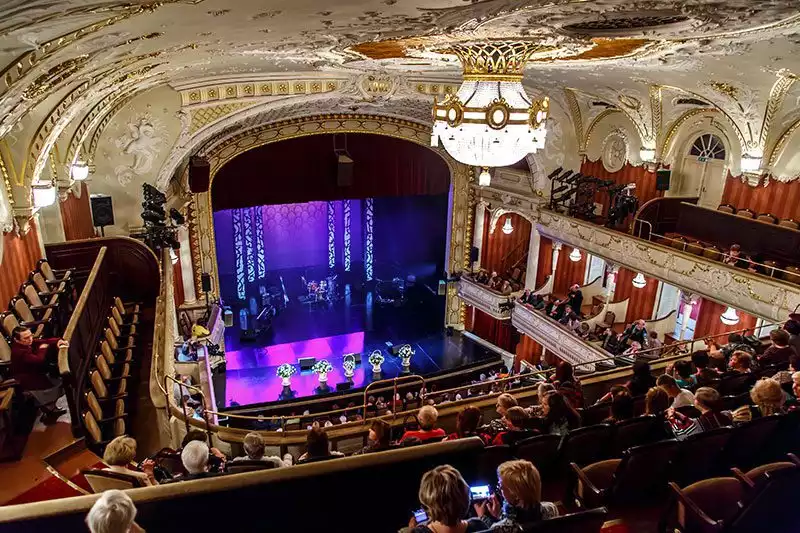
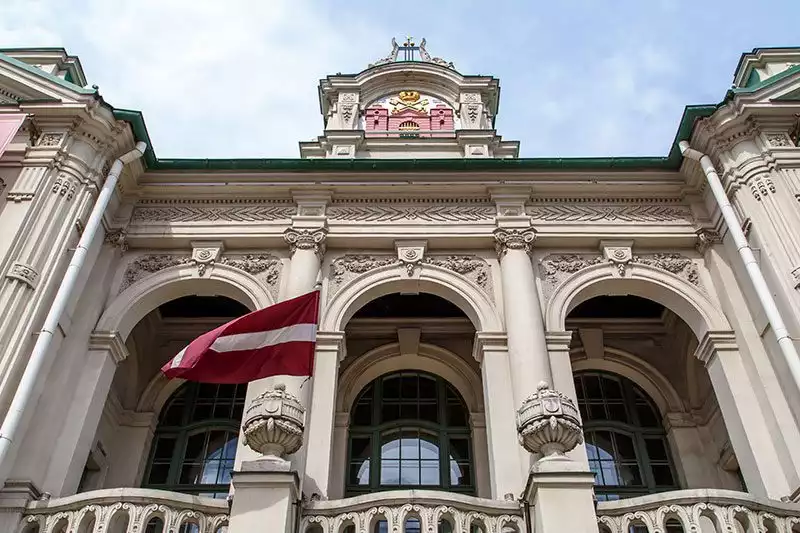
Rigas Dome
The City Hall, called Rigas Dome, is the government building of the city of Riga. Since 2003, the city’s rulers have been hosted here. The basement was once used as a prison.
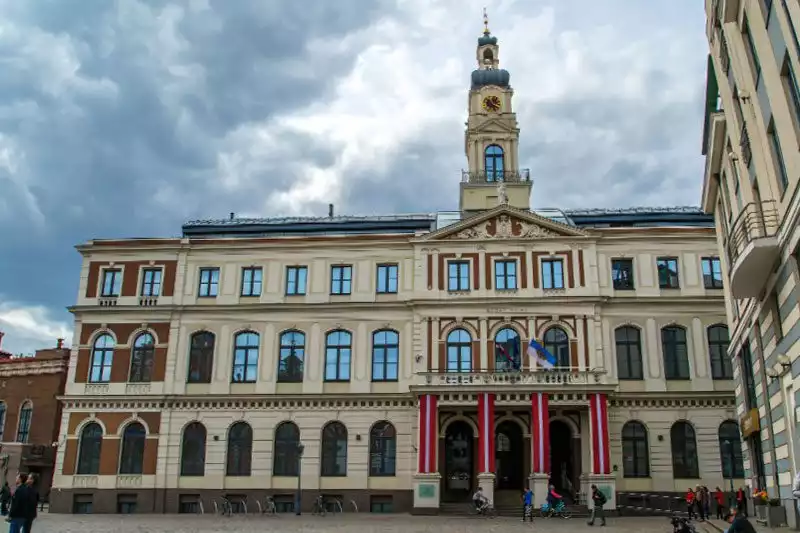
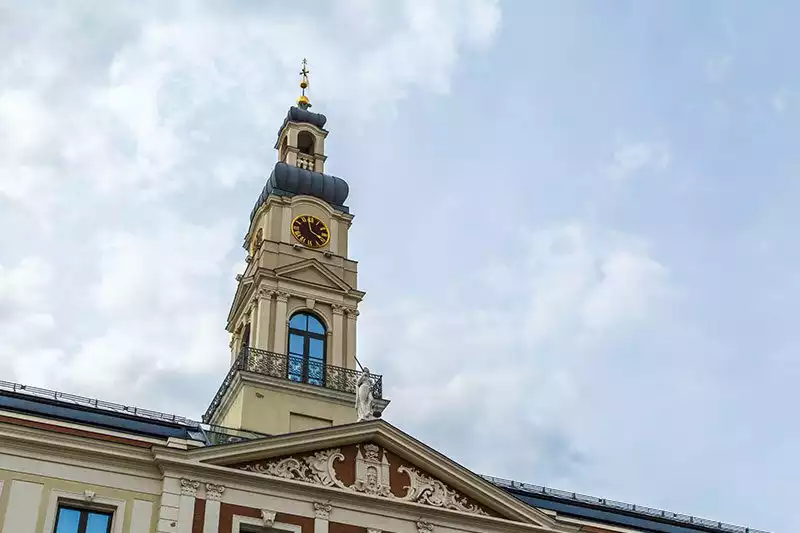
Riga Castle
Riga Castle is the official residence of the President of Latvia. The 14th century castle, historically and architecturally important, was damaged many times, then renovated many times, and in the 60’s it took its present form. Used as a lighthouse for ships crossing the Daugava River, the castle is currently closed for restoration and will remain closed until 2016.
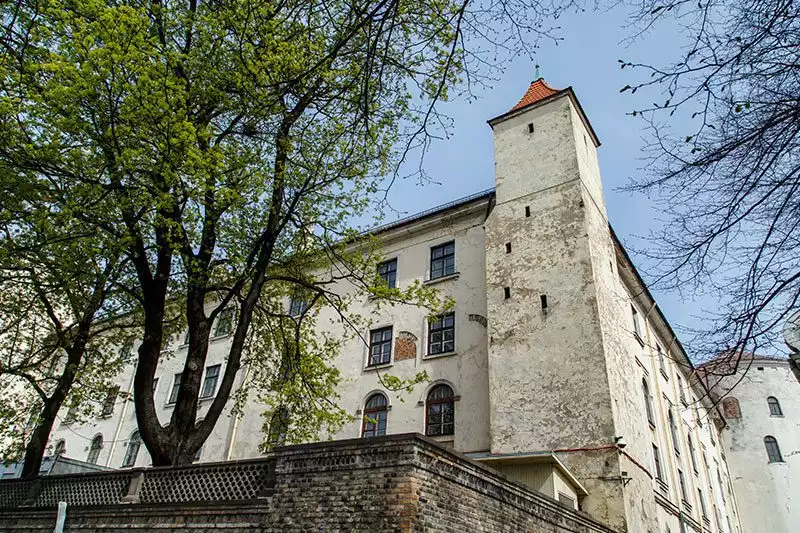
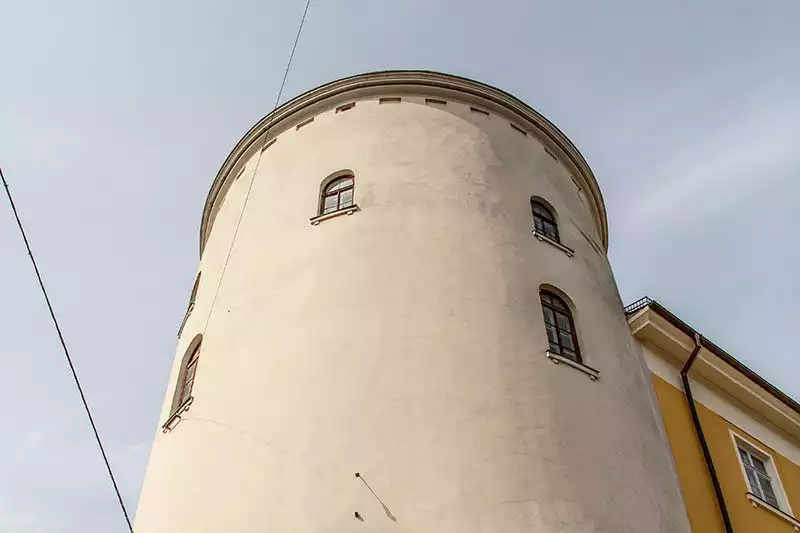
Alberta Street
The art nouveau architectural style, which covers most of Riga, attracts attention with its exaggerated style. As you walk through the streets, especially Alberta Street, all of the buildings you will see are built in the art nouveau style. These apartment buildings, which are considered historical monuments and complement the historical character of Riga in a memorable way, were built by Mikhail Eisenstein, the father of Sergei Eisenstein, the director of Battleship Potemkin.
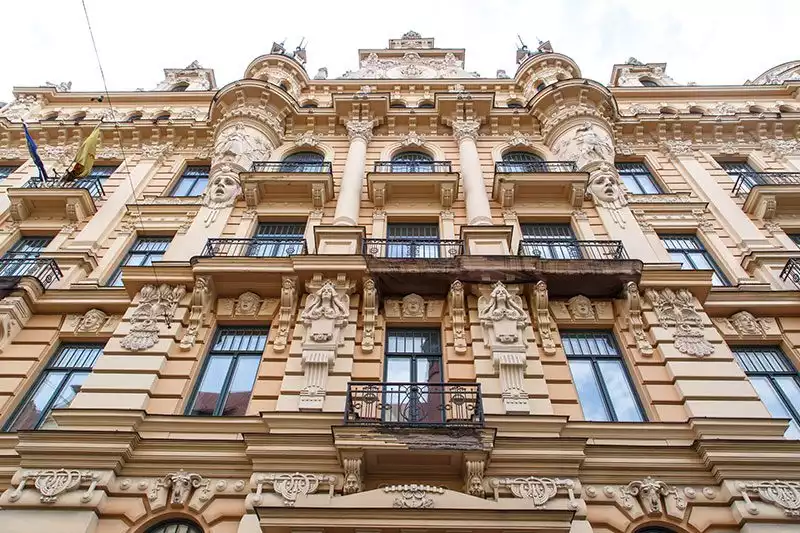
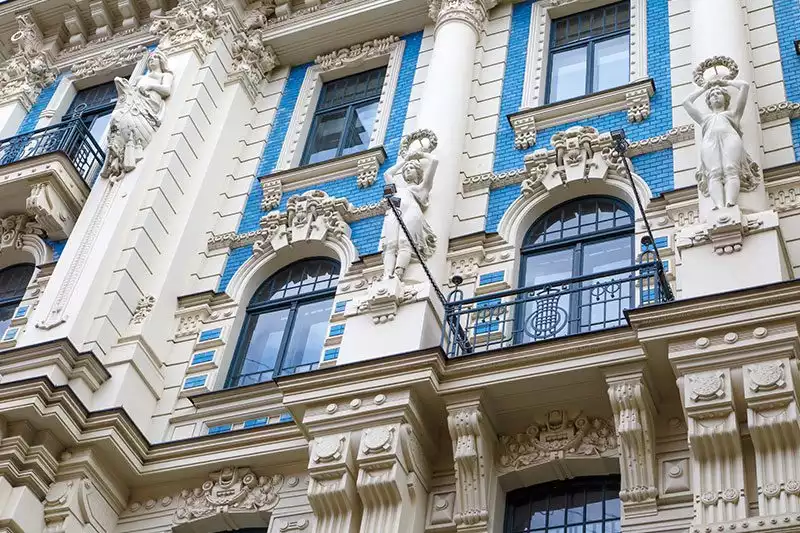
Statue of Liberty
Built in 1918 – 1920 to commemorate the losses suffered during the struggle for independence, the statue is located in the center of Freedom Square. It is a green statue of a woman holding 3 stars representing the 3 main regions of the country at that time (Kurzeme, Vidzeme, Latgale). Erected in 1935, Milda is one of the tallest monuments in Europe with a height of 42 meters. The words Tēvzemei un brīvībai on Milda’s pedestal by Karlis Zale mean For the Fatherland and Freedom.
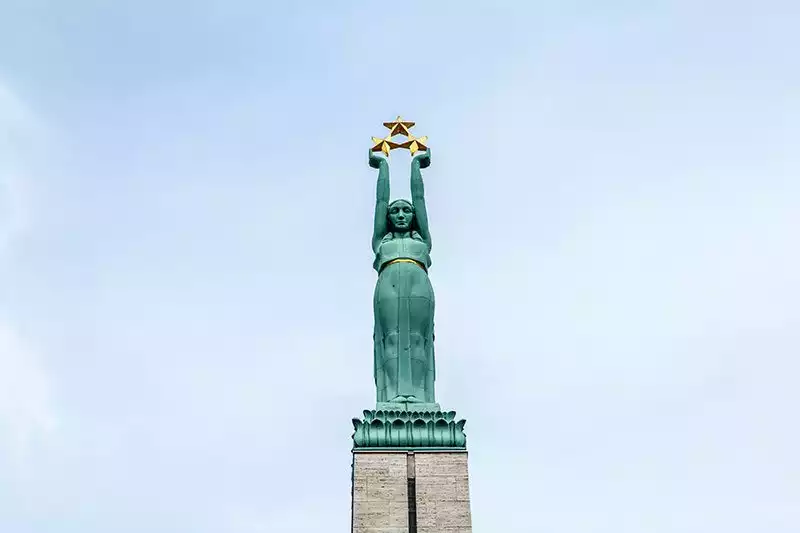
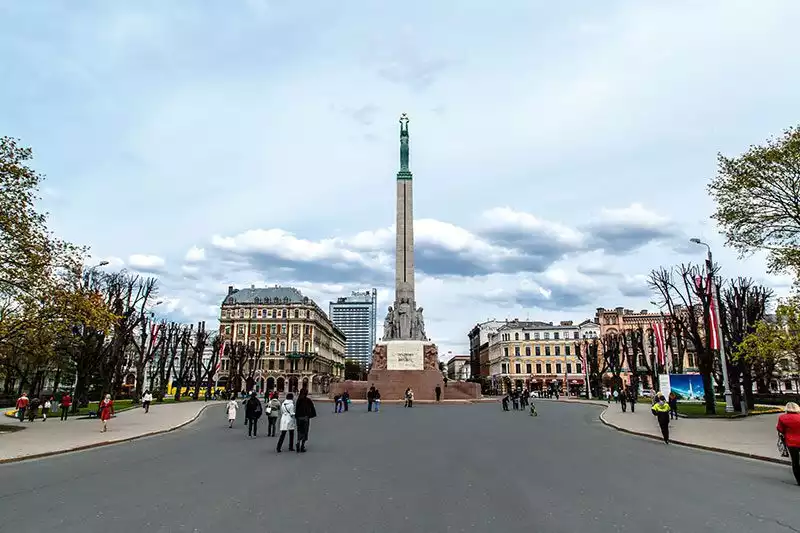
The Three Brothers
The Three Brothers (Tris Braji) in Maza Pils, across the Swedish Pass, is the name given to all 3 houses built side by side but in different centuries. The white house on the far right, number 17, is the oldest of the three, built in the 15th century. A coat of arms on the front of the house indicates that the owner was a baker, and it is also the building where Riga’s first baker worked. The green building number 21 was built in the 18th century, after the yellow building number 19.
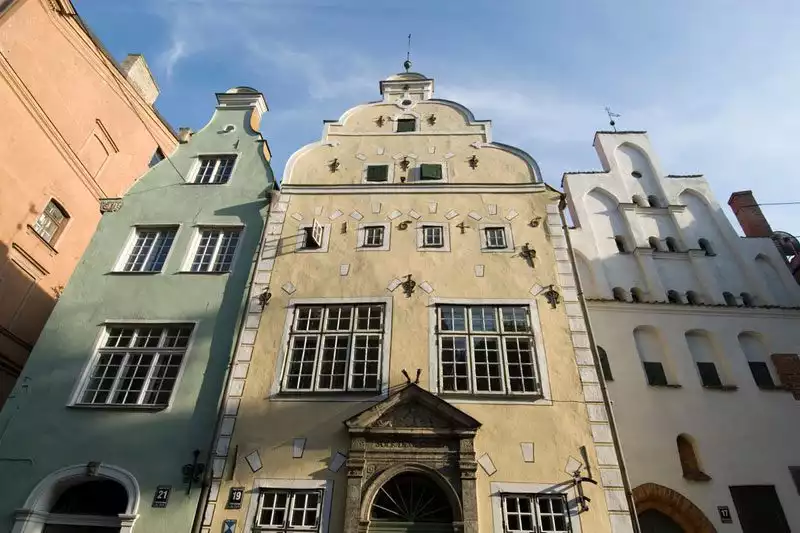
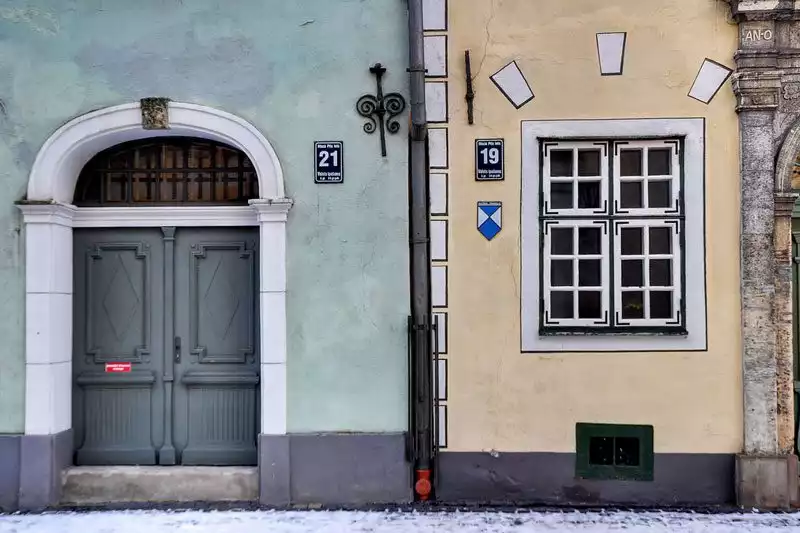
Dome Cathedral
One of the great medieval buildings, the Dome Cathedral is also known as Riga Cathedral. Begun in 1211, it is one of the oldest places of worship in the Baltics. In the 15th century, its tower, which reached 140 meters in height, was the tallest in Europe, but it was damaged by various fires and could not maintain its strength. The castle is undergoing restoration from time to time and we came across the restoration during our tour. For this reason, it was not a sufficient tour for us.
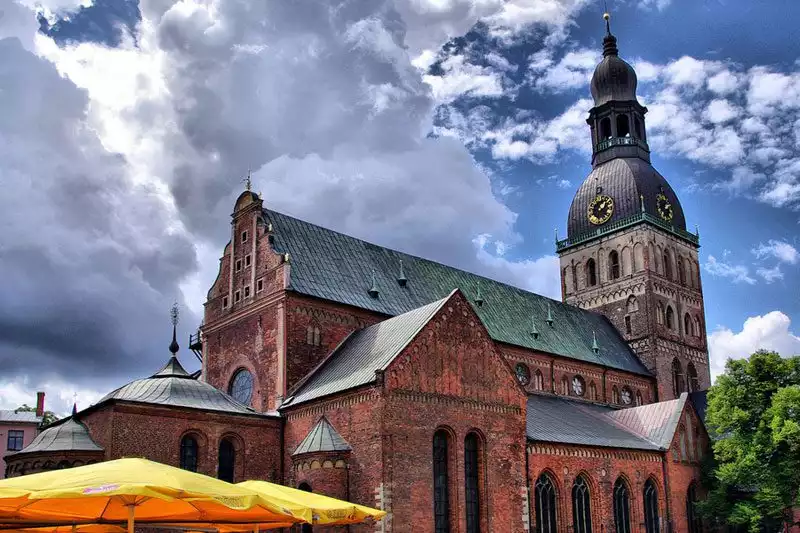
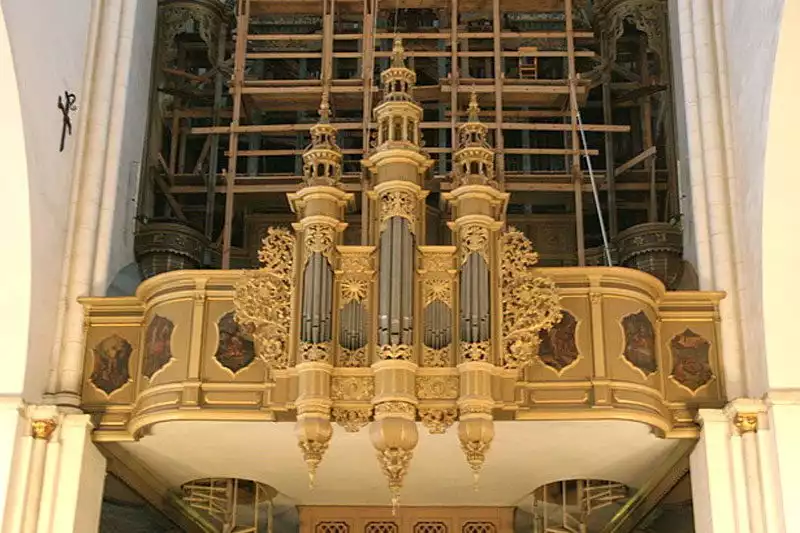
The cathedral also has a historic organ. Built by EF Walcker & Sons in 1882, the organ is of course famous not for its history but for being the largest organ of the Middle Ages. With 6718 different metal pipes, the organ can produce hundreds of different sounds and many musicians give concerts inside the cathedral.
Radio and TV Tower
At 368.5 meters, the TV tower is the tallest in Latvia and the third tallest in Europe. It was built in 1986 on Zakusala Island in the middle of the Daugava River.
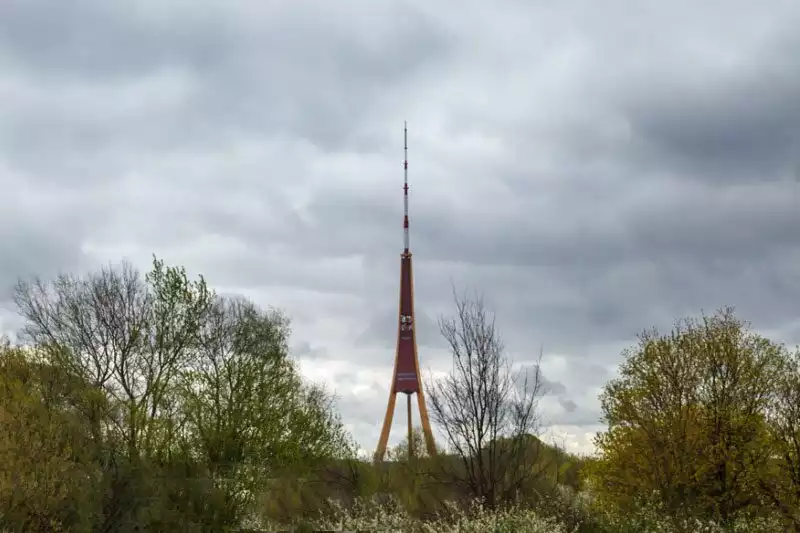
Riga is also called the Paris of the North because it is higher than the 324-meter-high Eiffel Tower in Paris and is likened to the Eiffel.
Cat House
The yellow building with two towers on the roof and cat statues on the towers is the Cat’s House, which has become a symbol of Riga. Tourists add this building to their sightseeing itineraries.
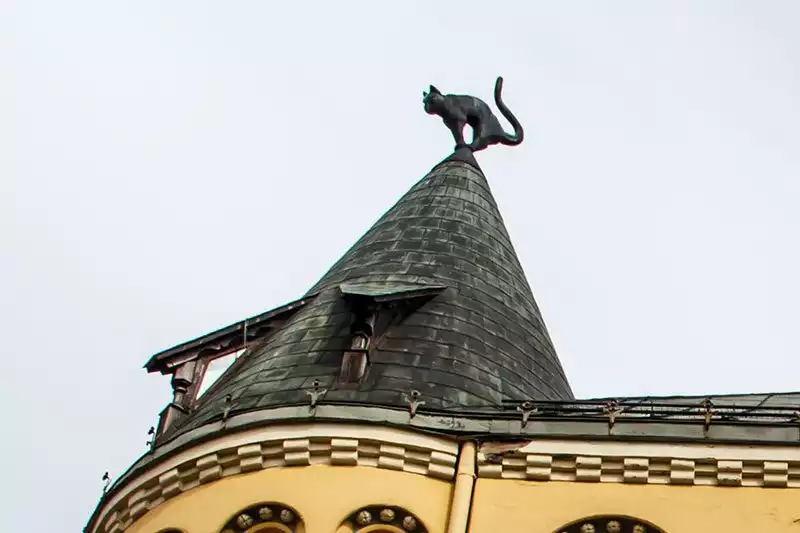
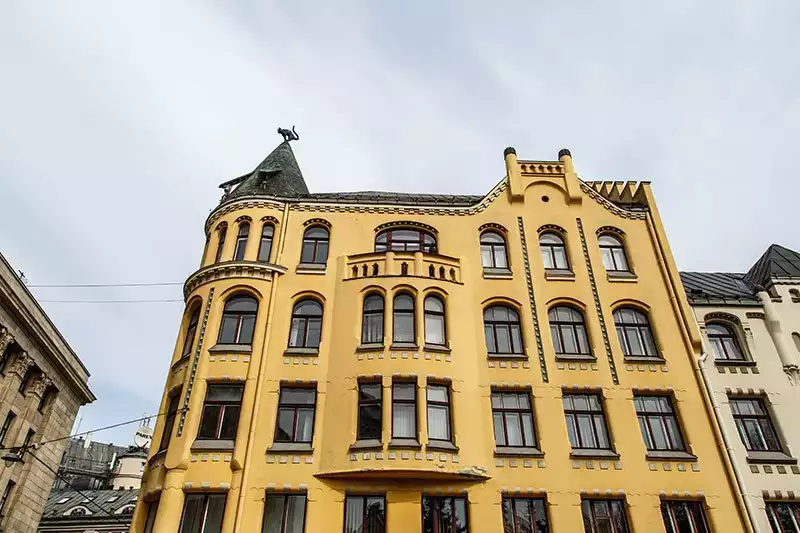
Occupation Museum
The building you are most likely to encounter in the Baltic states is the dark building standing in the corner in all its pallor. The Latvian Red Rifleman museum, opened by the Soviets in 1970 to encourage the Latvian people to communism, was turned into the Museum of Occupation after Latvia gained independence in 1991. Between 1941 and 1991, the museum, which reveals the Soviet oppression, consists of documents, photographs and images describing the Soviet and Nazi.
